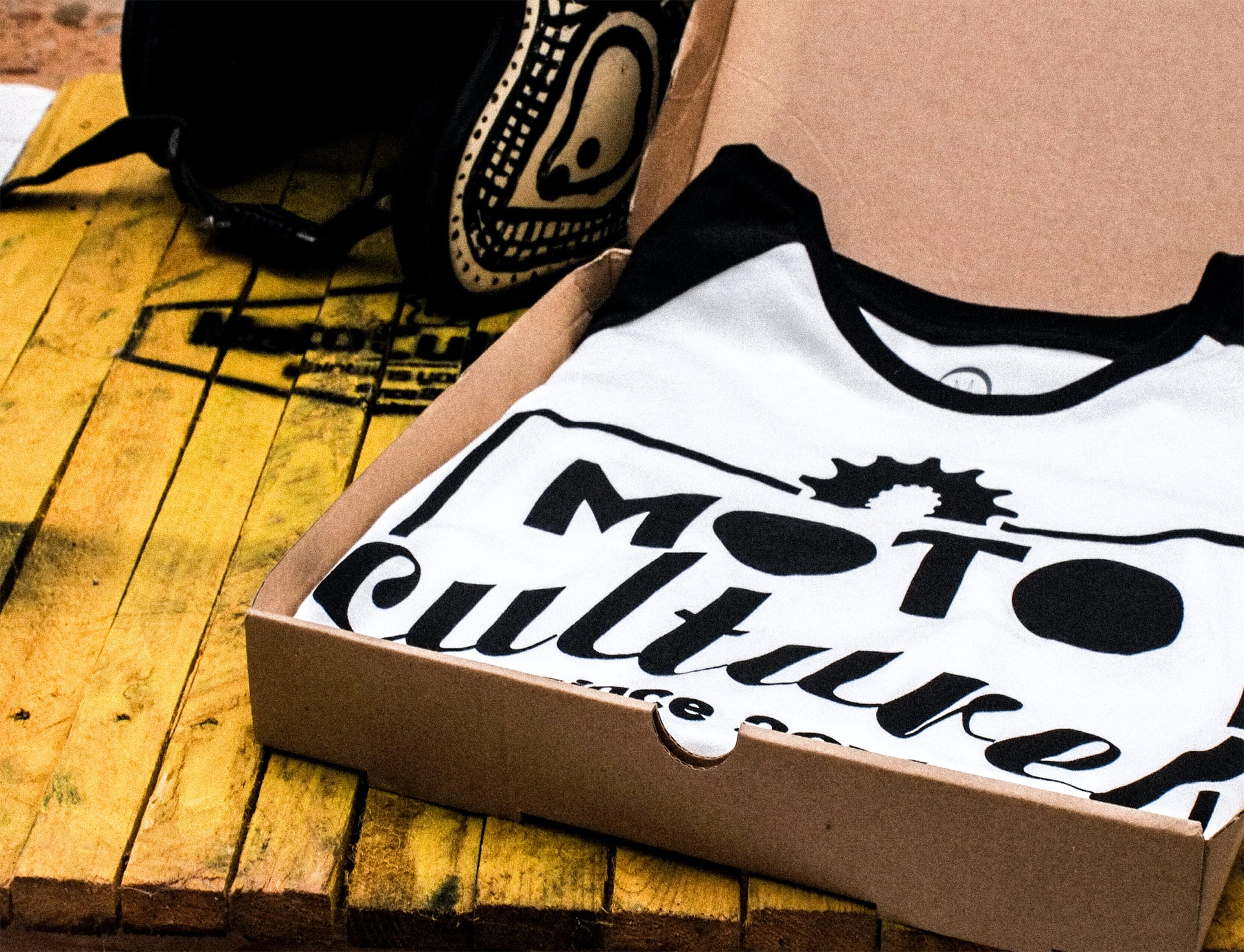Branding is the heart of marketing, which makes your business or product stand out from your competitors. Through branding, your customers will remember your goods and services. For branding, you need labels. A beautiful or unsophisticated label draws the attention of customers back to the product again and again. So, if you use strategies to create a label, you can contribute to your brand statement.
If you are a budding business owner, then you might be wondering what it takes to get the best out of labels. That is why this article will help you with some simple and effective tips to create and design a label that will contribute to creating a trustworthy brand value.
8 Simple Steps to Keep in Mind for Designing a Label
1. Research for the Best Designing Tools and Accessories
Before you start planning for a label, the first thing you need to do is choose a designing tool and label maker for yourself. If you do not have the knowledge of graphic designing, then design label layouts in Canva or word documents. You can watch YouTube tutorials to learn their use.
However, if you have some advanced knowledge of designing, then use Adobe illustrator or Photoshop. With these, you can access more design templates and go unlimited with your creativity.
Otherwise, if you require some professional help on a budget, you can check out Laser Inkjet Labels to print high-quality labels.
2. Keep it Unsophisticated
Try keeping your labels as unsophisticated as possible. Usually, a label should include basic information such as logo, name of the product, price, unit measurement, etc. Design the labels with a piece of relevant and short information so that consumers can easily read through it. Lengthy and descriptive labels are quite confusing and are usually avoided. Moreover, highlight the important features of the label to make it catchy; especially the logo and product name should stand out.
3. Increase the Readability
Just inputting information on the label is not enough. Another most important feature of label designing is, it should have enough readability. Keep in mind that the font size is appropriate so that people can read the label from a distance. Also, the background and font color should have contrast for enhanced readability. However, try avoiding maverick color contrasts. Instead, choose colors that have intensity and value to go with people’s psychology. Last but not least, the color contrast must be in sync with your brand’s current style.
4. Create Typographic Pairing
While choosing fonts for the label, pairing them with typography is essential to showcase the connection between information and choices. Since labels have a lack of space to showcase all information about a product, so by typography, designers layout the type of product.
For example, the font used in hot Tabasco sauce labels showcases the heat level and strength of the product. Just by seeing the label, you will know the bottle has something daring and spicy in it. However, keep in mind that the fonts do not become excessively cursive, as that can hamper readability.
5. Illustrate as You Need
Plain labels are boring. Therefore, to make your label stand out, try illustrating it. If not all, some sections of the label can be illustrated to make the labels speak for your product. The best part about illustration is that you can go as simple or abstract with it, depending on the type of business you have. Moreover, illustration can vary between products and provides a wide variety of options for creativity.
This step is entirely optional; if your product or service does not require squeaky illustrations, then you can skip it.
6. Focus on the Print Quality
After you are done with all the designing work, it is finally time to print your creations. For this, you must invest in a good quality label printer. It is a one-time investment and needs to be done wisely. No matter how beautiful your design is, if the print does not come out well, then all your hard work will go in vain.
A quality label maker doesn’t need to be exorbitant. You can start off with the affordable ones and then slowly move onto more technology-savvy ones as your business grows.
7. Keep it Original
The motto of all successful businesses is originality, not just the product but every aspect relating to the business. One of the mistakes that every new business owner makes is copying competitors’ label designs. It ruins your uniqueness and provides an unethical vision of your business to the customer. Moreover, you may also be accused of copyright claims if you copy design ideas.
Refrain from copying concepts and designs from other businesses, even if it’s not your competitor. Research well, take notes, and make your unique, memorable, and custom label design.
8. Be Consistent with Your Brand Logo
Do not change your brand’s logo frequently. A logo is the unique brand identifier of your business. So, if you play with its design and concept after setting up your business, customers will take you as a fraud. The logo design must be finalized before your business set-up. You can have slight modifications, but having totally different logos on all the labels can have a negative impact on your business.
Final Thought
So, these were some effortless yet vital steps for creating a label on your own. If you keep these in mind, then you won’t require to hire a designer and spend money on labels. As a small business startup owner, you would want to cut costs in every way possible, so creating your labels effectively won’t make you feel like spending on professionals. Therefore, instead of pondering about it, start customizing your business label from today and accelerate your brand identity. Make sure you take notes from here.
















